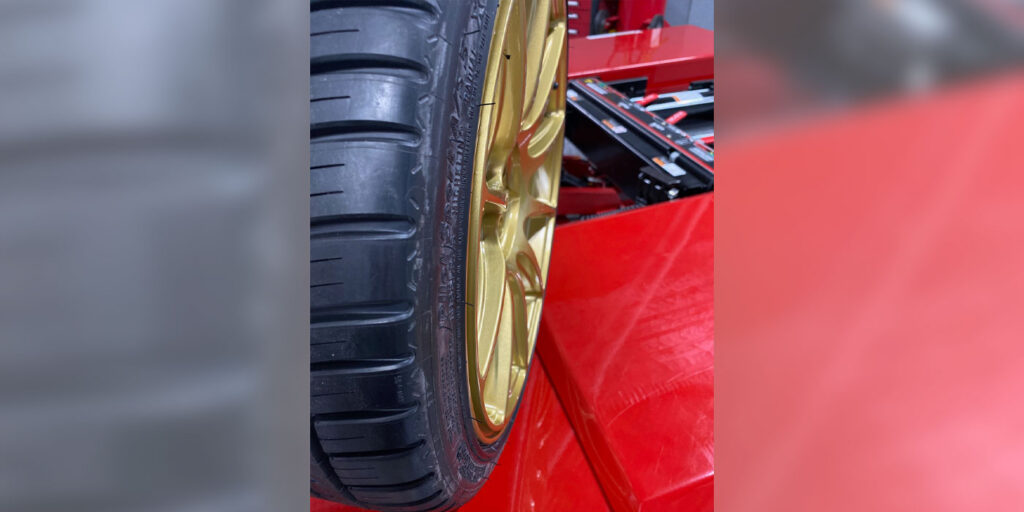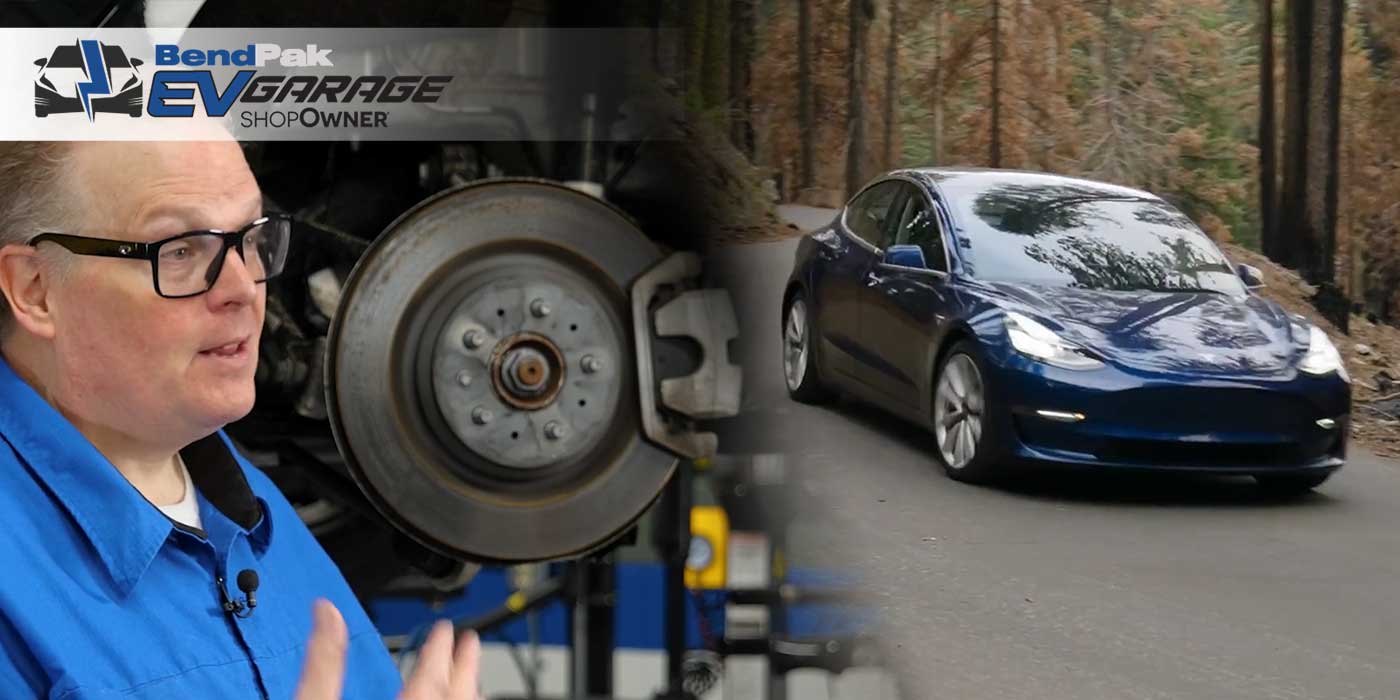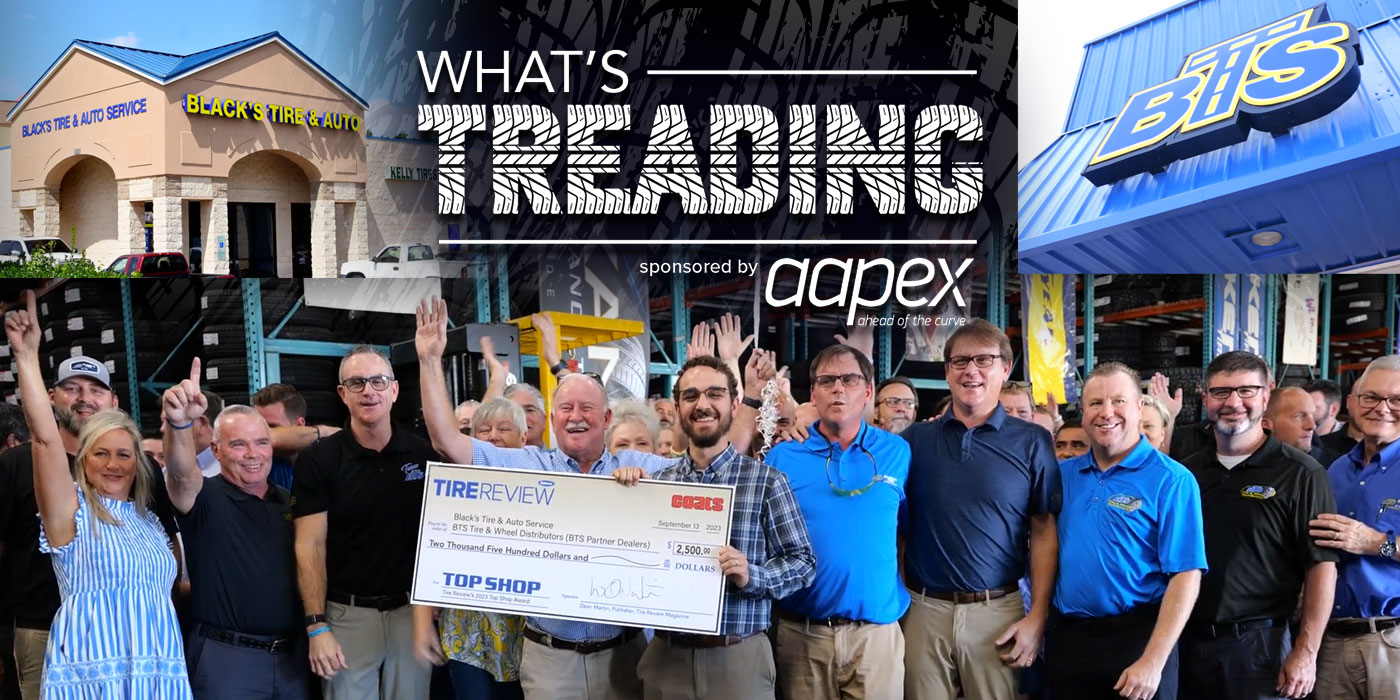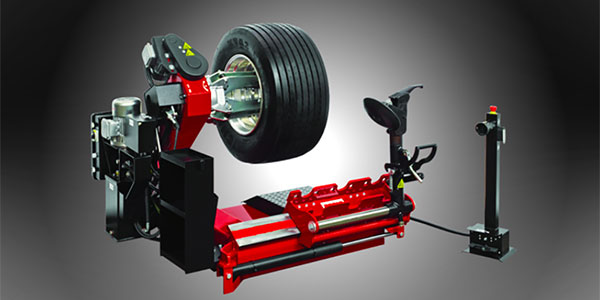As customer expectations have evolved, demand for larger wheels and lower profile tires to accommodate performance, as well as looks, has come to a fever pitch. Wheel diameters have become larger, and tires have become lower profile. Today, many new pickup trucks now sit on dealer lots with 45 series tires on 22-in. wheels! To protect these wheels from damage and protect the tire, many tire sizes are available with rim guards.
A rim guard is simply an extra section of rubber that is added to the outside of a tire sidewall or bead area to prevent damage to the tire and wheel. Most rim guards are found on tires below 50 series and are designed to act as a “sacrificial bumper” to protect expensive wheels, such as soft aluminum wheels, from curb rash. Others are found on light truck tires and are designed to protect the tire sidewall from sharp rocks and other debris when off-roading. This is commonly called a “scuff guard.”
Any customer that is looking for increased durability out on the trail from knicks or abrasions or who wants to keep shiny wheels on their car or SUV protected in the event of a minor collision with a curb would be a great candidate for tire with a rim guard. However, when servicing tires with rim guards, you must be sure to use caution, have the right equipment and use a tire changer’s helper devices to assist you in changing the tire.
Using a side-shovel style bead loosener can be tricky on a thick bead guard that a performance car might use. It’s important to be careful and deliberate with your movements so that the shovel does not slip off the “slope” of the rim guard and scrape the sensitive surface of an expensive wheel. A tire changer with dynamic bead-breaking capability or rollers makes this job easier and less daunting. Remember to keep the wheel moving while bead breaking and lower or raise the roller slowly, allowing the tire to rotate several revolutions before incrementally lowering the bead breaking roller.
While loosening beads with a side shovel or rollers, take this opportunity to lube the bead of the tire thoroughly. Take the brush and lubricate the drop center of the wheel to make demounting the top bead much easier.
When dismounting the top bead, a tire with a rim guard will be noticeably stiffer due to the additional material near the bead. Use a bead pressing device to create an opening for the tire lever to sneak past the tire. Then, use the pressing device to push 180 degrees from the duck head. Having already lubed the tire bead and the drop center of the wheel, the tire will now pull into the drop center very easily as you use the tire lever to pull the bead over the duck head.
When mounting the top bead, lubricate not only the outside of the bead and the sidewall but also the inside of the bead. Be sure to lubricate the tail of the duck head and the round portion of the duckbill head. This will prevent the tire from going under the duckbill and becoming damaged, which is common when mounting tires like those with rim guards. Use a bead depressor that follows the tire to hold it in the drop center and a fixed pressing roller to keep the tire from climbing over the duck head.
This content is sponsored by Coats.














